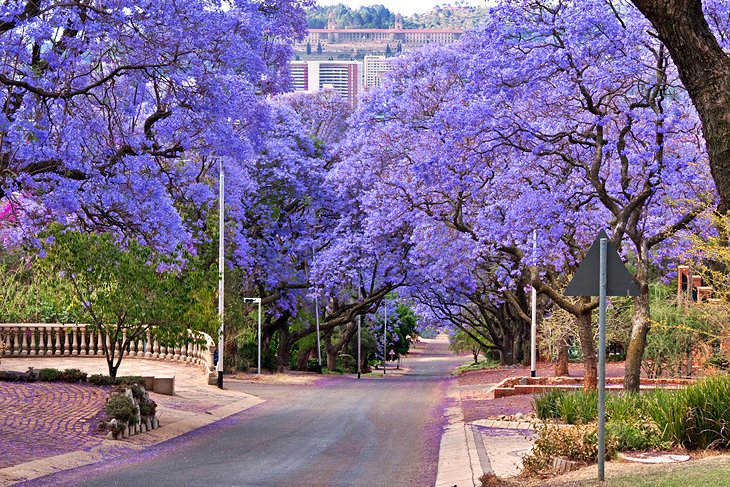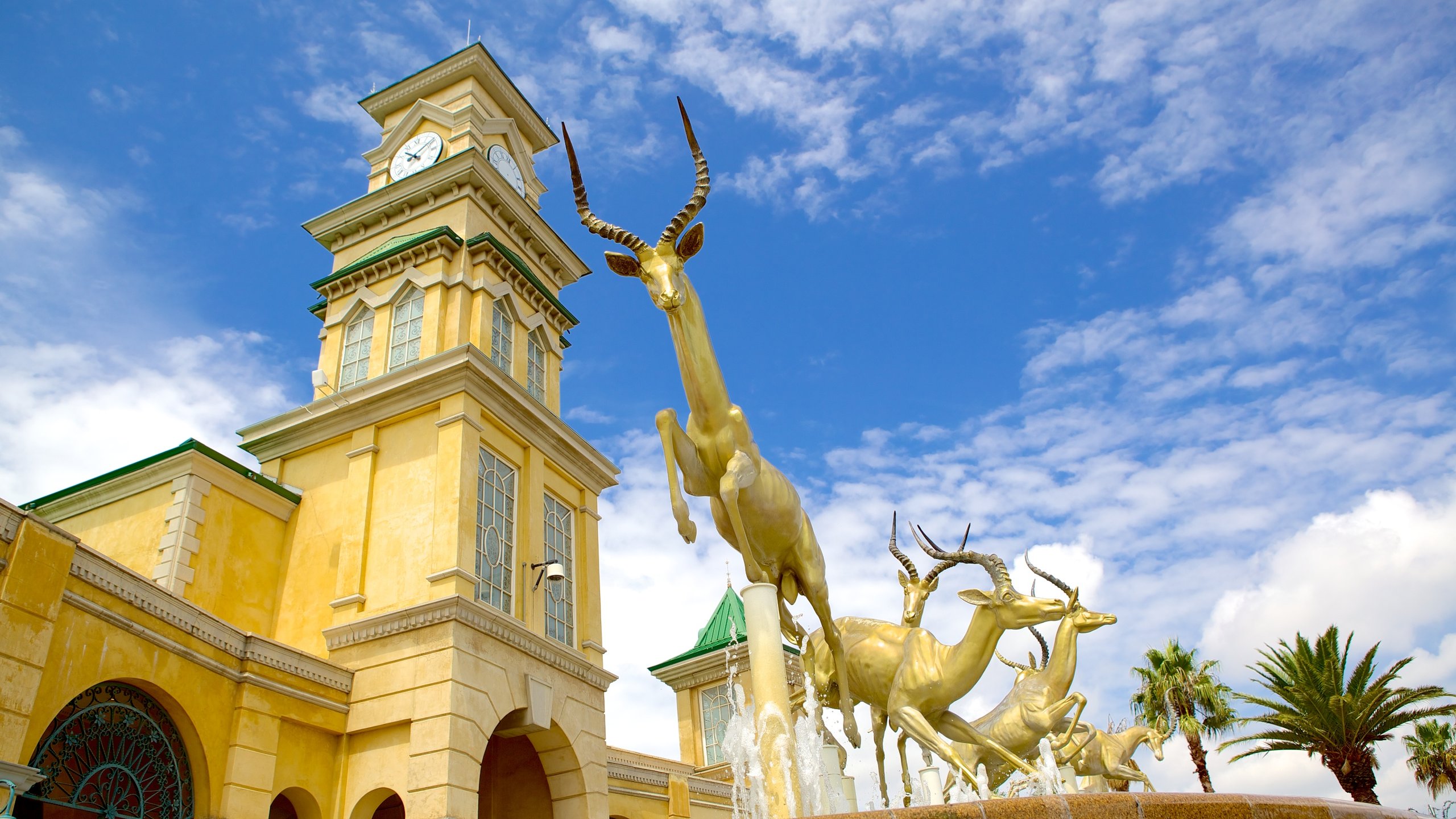The Basic Principles Of Johannesburg North Attractions
The Basic Principles Of Johannesburg North Attractions
Blog Article
Some Known Factual Statements About Johannesburg North Attractions
Table of ContentsThe 10-Minute Rule for Johannesburg North AttractionsFacts About Johannesburg North Attractions UncoveredThe smart Trick of Johannesburg North Attractions That Nobody is DiscussingThe 20-Second Trick For Johannesburg North AttractionsGetting The Johannesburg North Attractions To WorkLittle Known Facts About Johannesburg North Attractions.The Main Principles Of Johannesburg North Attractions
Nevertheless you must keep security in mind and vacationers should remain alert at all times when in unknown surroundings. Talk with the locals when you remain in town to locate out about the location you are staying in. Johannesburg North attractions. When on the road (this does not relate to buying malls and various other protected atmospheres) finest basic recommendations is to attempt your best to look like a regional and to stay clear of presenting any form of riches
The Single Strategy To Use For Johannesburg North Attractions
Professor Revil Mason O. J. (Thomson, 1946) checked out the Witwatersrand's pre-colonial background. His historical job exploded the 'em pty land' myth, according to which the region was without human habitation before the arrival of European settlers. In his publications Prehistory of the Transvaal: A Document of Human Task (1962) and Beginnings of Black People of Johannesburg and the Southern Western Central Transvaal AD 3501880 (1986 ), Teacher Mason showed the degree of social and financial growth in the location prior to Europeans established foot here.

How Johannesburg North Attractions can Save You Time, Stress, and Money.
In 1878, David Wardrop located gold in quartz capillaries at Zwartkop, north of Krugersdorp. In 1881, Stephanus Minnaar came across gold on the farm Kromdraai, near the Cradle of Humankind.
In March 1886, a protrusion (quickly to be called the Main Coral reef) was found, rather fortuitously, on Gerhardus Oosthuizen's farm Langlaagte. Some say that the Lancastrian coal miner George Walker found this reef. One more itinerant English miner, George Harrison (who had actually formerly operated in Australian mines) gotten a prospecting licence in regard of Langlaagte in May 1886.
He decided to carry on in a pursuit for greener pastures, and disposed of his Langlaagte case for the princely amount of 10. Alas: underneath lay the wealthiest goldfield ever before found. The discovery of this abundant auriferous reef provoked a gold rush that signalled completion of bucolic serenity in the southern Transvaal.
It would, within six years, come to be the largest community in southern Africa. Within a decade, it would make the Z. A. R. until then an anarchical and bankrupt little state the most affluent country in Africa. By the millenium, the Z. A. R. was to go beyond Russia, Australia and the USA of America to become the world's leading gold producer, creating greater than a quarter of the world's gold.
4 Simple Techniques For Johannesburg North Attractions
It was referred to as Ferreira's Camp, named after Colonel Ignatius Ferreira. He was a Boer traveler upon whom the British authorities had presented the standing of Companion of one of the most Distinguished Order of St Michael and St George (entitling him to the post-nominal letters C. M. G.) in gratefulness for his function in the war that had deposed the Pedi king Sekhukhune in 1879.
Two various other camps were established: Meyer's Camp on the ranch check this site out Doornfontein, and Paarl Camp. The latter was nicknamed Afrikander Camp; lots of people from the Cape Nest cleared up there.

Johannesburg North Attractions Can Be Fun For Everyone
This name got money by word of mouth, such that the State Secretary attested the name to the Mining Commissioner on 9 October 1886. Stands in the village were auctioned on 8 December 1886. While some stands were cost 10, others were torn down for as low as sixpence.
2 years later, these erven were basics to change hands for as long as 750 each. The tented camps diminished as a dorp of corrugated iron structures created and increased north of the mines located along the Key Coral Reef Road. Areas such as Jeppe's Town (where working-class immigrants erected their residences) and Doornfontein (where the affluent brand-new 'Randlords' began to create their opulent homes) were soon included in the ever-expanding map of the community.
The Ultimate Guide To Johannesburg North Attractions
Apart from the street names, there were no indicators of Johannesburg being located in a Dutch-speaking country., nearly everybody talked English and even the Government servants attended to one in English, unless they were very first dealt with in the Taal (or Low Dutch)'.
Britain had an interest in ensuring optimum problems for gold production on the Witwatersrand, and that the gold was exported to London instead than Berlin a critical provided all the extra clamant by the Z. A. R.'s enhancing toenadering with Germany. Mine owners were on a clash with President Kruger, whose plan of monopolistic giving ins (frequently approved to his cronies) avoided mining business from procuring supplies of materials (specifically dynamite) and labour by themselves, more affordable terms
An Unbiased View of Johannesburg North Attractions
In 1890, the Volksraad had actually limited the franchise business to white men who had actually stayed in the Z. A. R. for fourteen years or longer, therefore invalidating a lot of the immigrants (that occurred to be the significant contributors to the fiscus). However, agitation for the ballot was a mere pretense for promoting a different schedule; a lot of uitlanders regarded themselves as temporary visitors and right here had no intent of continuing to be in the Z.
Report this page